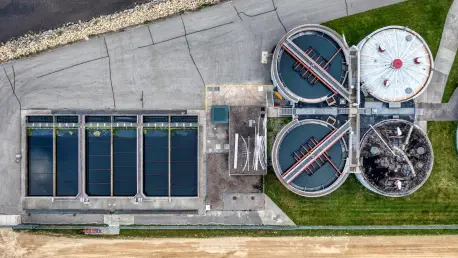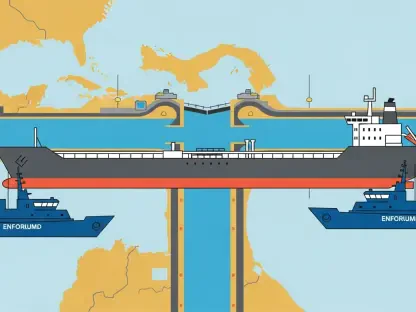In a world increasingly burdened by industrial pollution and contaminated water sources, the search for sustainable and effective treatment solutions has never been more urgent, with millions of gallons of wastewater requiring purification daily to protect ecosystems and human health. Amid this pressing challenge, a remarkable breakthrough in environmental science has emerged, spotlighting biochar—a carbon-rich material derived from organic waste—as a game-changer. Traditionally valued for its ability to trap pollutants through adsorption, biochar is now revealing an extraordinary dual capability: not only does it capture contaminants, but it also actively breaks them down. This discovery redefines the role of biochar in wastewater treatment, offering hope for more efficient and eco-friendly purification methods. As researchers uncover the mechanisms behind this dual action, the potential for transforming water treatment practices across industries and communities becomes increasingly evident, paving the way for a cleaner future.
Unveiling Biochar’s Active Degradation Mechanism
Recent studies led by experts at Dalian University of Technology have illuminated a previously underappreciated aspect of biochar’s functionality, demonstrating that it can directly degrade organic pollutants without the need for additional chemicals. This active degradation, which accounts for roughly 40% of pollutant removal in controlled experiments, stems from biochar’s unique properties, including functional groups that facilitate electron transfer and a graphitic carbon structure that enhances electron movement. Unlike its traditional role as a passive filter that merely traps contaminants, biochar acts as a dynamic agent, breaking down harmful substances at a molecular level. What’s particularly striking is its durability—tests show biochar retains nearly full degradation capacity even after multiple reuse cycles, making it a sustainable option for long-term applications. This finding challenges conventional views and positions biochar as a powerful tool in the fight against water pollution, with implications for reducing chemical dependency in treatment processes.
Sustainable Solutions for Global Water Challenges
Looking at the broader impact, biochar’s dual ability to adsorb and degrade pollutants offers a cost-effective and environmentally friendly alternative for wastewater treatment, aligning with global efforts to minimize ecological harm. By reducing reliance on chemical additives, treatment facilities could lower operational expenses and cut down on sludge production, a persistent issue in traditional methods. This approach not only addresses the immediate need for cleaner water but also supports a shift toward sustainable practices across various sectors, from industrial plants to rural communities. The research underscores the importance of tailoring biochar applications to specific contaminants, distinguishing between adsorption and degradation processes to maximize efficiency. As awareness of these capabilities spreads, the adoption of biochar has inspired a reevaluation of outdated purification systems, driving innovation in environmental science. This progress marks a turning point, offering actionable pathways to tackle water quality issues while fostering healthier ecosystems for generations to come.









